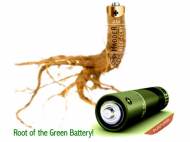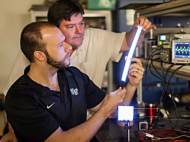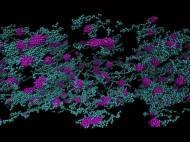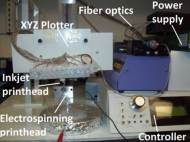Rose madder root’s purpurin could be used as battery electrode
 More than 3,500 years ago, civilizations in Asia and the Middle East used boiled rose madder roots to color fabrics in vivid colors such as orange, red and pink. Rose madder roots owe this ability to an organic compound in them named purpurin. Aside being a natural plant dye, purpurin could be used to power… »
More than 3,500 years ago, civilizations in Asia and the Middle East used boiled rose madder roots to color fabrics in vivid colors such as orange, red and pink. Rose madder roots owe this ability to an organic compound in them named purpurin. Aside being a natural plant dye, purpurin could be used to power… »















